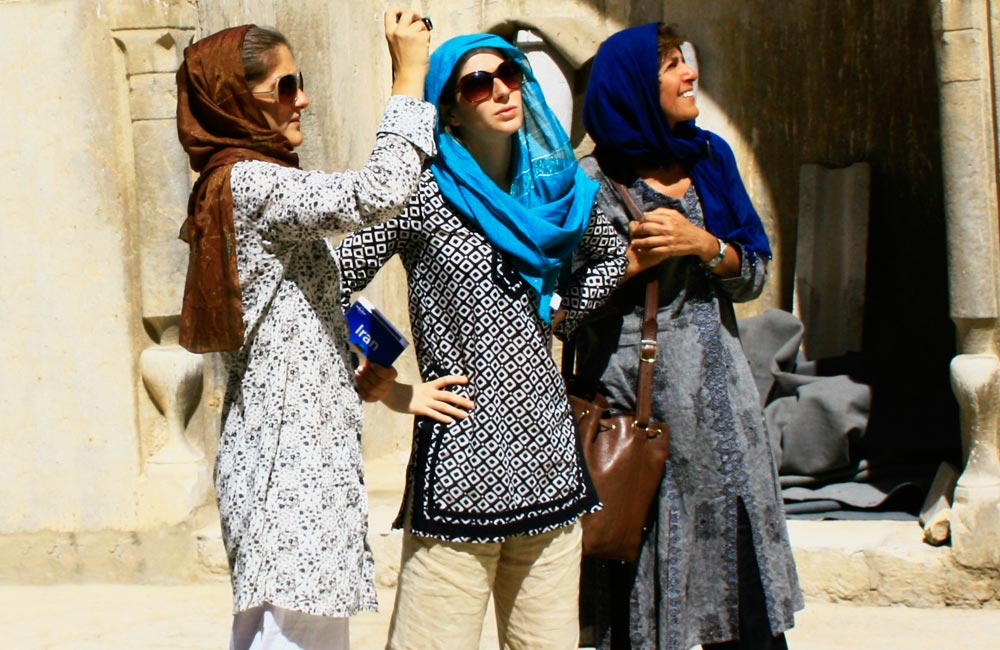HOW TO DRESS IN IRAN
A key aspect to consider when travelling around the world is gaining insight on your destination’s dominant culture. Many times we may unknowingly enter into a society that is vastly different from the one we are used to, which may give us a culture shock. It can be said with confidence that every culture has its own unique social environment and tradition that everybody is aware of, except for the foreign visitor. In order to familiarize you with what to expect regarding how to dress while in Iran, goingIRAN has put together the following.
Iran has a specific dress code for all individuals that are out in public. This code abides by and respects the Islamic law to wear hijab. Essentially, hijab is the way Islamic requires people to dress when amongst each other in public and/or non-family settings. Nowadays these rules are not as strict as they once were, especially for foreign tourists. The general overview of how to dress is:
• Men
o Cannot wear shorts
o Cannot wear extremely tight or sleeveless shirts
• Women
o Hair must be covered (shawl or roosari: Persian hair scarf)
o A looser item of clothing must the generality of the body (manteaux)
Contrary to common belief, Iranian women are not exactly the way media portrays them to be. They are generally very modern and stylish people who care for their fashion and appearance greatly. Clothes of all colors are common among both men and women, and lighter colors are even suggested in the summer time to avoid the heat. Under their manteaux, women usually wear a shirt and pants/skirt (covering the legs to the ankles).
As a foreign woman, if your hijab happens to fall or is worn incorrectly, if there are any police officers or authorities around, you will likely be simply asked to adjust it. Again, it is not uncommon for shawls to be looser fitting nowadays. You will get a much better understanding of the standard general appearance by viewing photos or upon your arrival!
As for the rest of the women, those of a stricter religious practice choose to wear a chador. A chador is a, usually, black one-piece cover that very loosely covers the head, hair and entire body. Wearing one is not mandatory and is to the choice of the individual.


